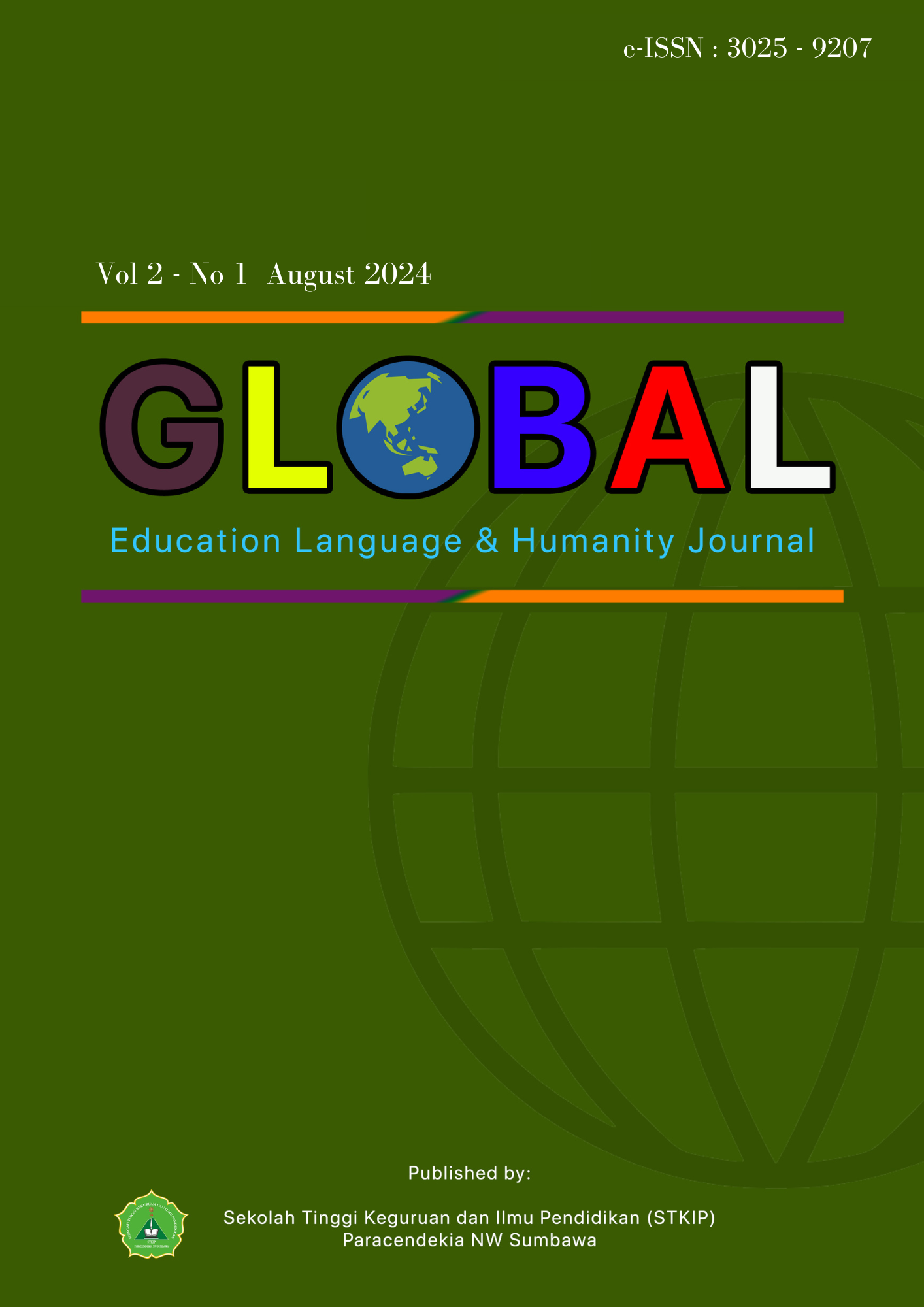EXPLORING STUDYTWT AS AN ONLINE PLATFORM FOR LEARNING ENGLISH ON TWITTER
Keywords:
Studytwt, online platform, learning EnglishAbstract
This study explores how users of StudyTwt engage with the platform as a tool for learning English and examines how it supports their language acquisition. Using a qualitative research approach, the study applied interviews and observation with eight participants who have actively used Twitter to study English and maintain StudyTwt accounts. The research identifies three main ways that StudyTwt serves as a resource for English learners: first, by allowing users to find and share various English learning materials; second, by providing opportunities to connect with study partners and participate in discussion groups; and third, by offering a source of motivation and entertainment. In terms of how StudyTwt facilitates English learning, the study highlights two primary benefits: fostering interactive and collaborative learning experiences, and providing users with easy access to flexible, personalized learning opportunities. The findings suggest that StudyTwt can be a useful educational tool, demonstrating the potential of social media platforms to enhance language learning through structured collaboration, accessible resources, and user-driven content.
References
Akrim, M. (2018). Media learning in digital era. In 2018 3rd International Conference on Education, Sports, Arts and Management Engineering (Icesame 2018) (pp. 458-460). Atlantis Press
Al Arif, T. Z. Z. (2019). The use of social media for English language learning: An exploratory study of EFL university students. Metathesis: Journal of English Language, Literature, and Teaching, 3(2), 224-233.
Harefa, D., Sarumaha, M., Telaumbanua, K., Telaumbanua, T., Laia, B., & Hulu, F. (2023). Relationship student learning interest to the learning outcomes of natural sciences. International Journal of Educational Research & Social Sciences, 4(2), 240-246.
Kusumastuti, A., & Khoiron, A. M. (2019). Metode penelitian kualitatif. Lembaga Pendidikan Sukarno Pressindo (LPSP).
Lin, M. F. G., Hoffman, E. S., & Borengasser, C. (2013). Is social media too social for class? A case study of Twitter use. TechTrends, 57, 39-45.
Nofrialdi, R. (2022). the Effect of Student'S Creativity and Learning Interest on Learning Achievement in Economic Students Class Xi Ips SMA Ekasakti Padang. Journal International on Global Education, 1(1), 37-46.
Sukmawati, R. (2017). Pengaruh pembelajaran interaktif dengan strategi drill terhadap kemampuan pemahaman konsep matematika mahasiswa. Jurnal Penelitian dan Pembelajaran Matematika, 10(2).
Tamrin, M., Azkiya, H., & Sari, S. G. (2017). Problems faced by the teacher in maximizing the use of learning media in Padang. Al-Ta Lim Journal, 24(1), 60-66.
Thorne, S. L. (2003). Articulating the pedagogical implications of computer-mediated communication: The case of online language learning. Language Learning & Technology, 7(2), 118-129.
Van Den Beemt, A., Thurlings, M., & Willems, M. (2020). Towards an understanding of social media use in the classroom: a literature review. Technology, Pedagogy and Education, 29(1), 35-55.
Williams, S. A., Terras, M. M., & Warwick, C. (2013). What do people study when they study Twitter? Classifying Twitter related academic papers. Journal of documentation, 69(3), 384-410.









